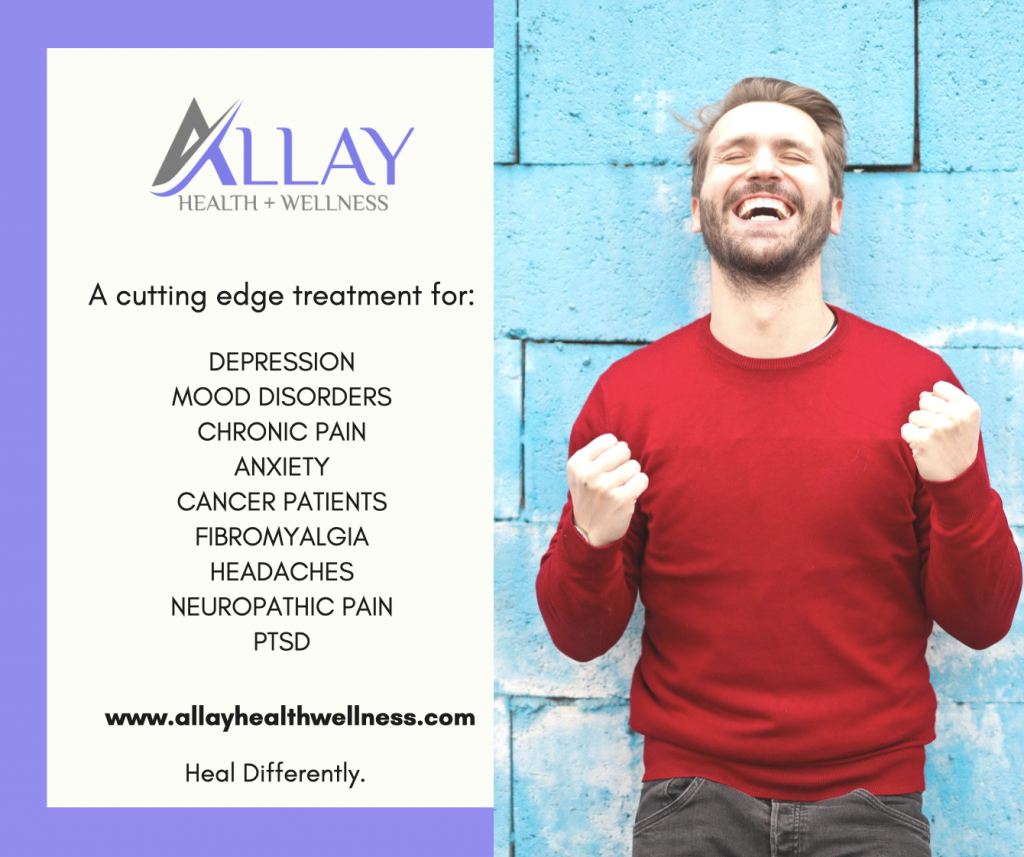Old medications are making their way to be used as a treatment for medical disorders. The first antidepressant to come to the market was discovered by treating Tuberculosis (Mukherjee, S. 2019).
These antidepressants were used to treat Tuberculosis. Doctors at Sea View Hospital in Staten Island realized that the medication they were using was changing the mood of the patients. The doctors and staff have observed that the patients who were usually silent and lethargic ended up looking happy and were moving around more than usual. This began the development of antidepressants. To date, there are far more effective methods for depression treatment Palm Beach Gardens.
A glimpse at the history of Ketamine
Ketamine has been around since 1962 and has been used as an anesthetic (Encyclopedia Britannica 2019). Ketamine was approved by the FDA in 1970 and was used to treat soldiers fighting the Vietnam war.
Unlike inhalation anesthetics (narcotics) or sedative anesthetics (benzodiazepine), ketamine does not affect your breathing (depress respiration) or other basic functions of the central nervous system. Therefore, ketamine has a wide margin of safety. Ketamine works quickly and has minimal side effects, unlike most medications currently on the market.
The word ketamine can invoke negative feelings as well as preconceived biases that can be seen as outdated. Ketamine has been around for a long time and has been shown to be safe in a controlled setting.
What sets Ketamine apart
Ketamine assisted therapy is not like your typical medication in the sense that you don’t have to take a pill every day or go to a pharmacy to fill your prescription. Ketamine affects glutamate and blocks NMDA receptors and has a neurogenesis component to it (Hayley and Litteljohn, 2013).
Not only does ketamine have a positive effect on the brain; it also gives individuals a pleasant experience. It can be stated that the effects of taking ketamine are similar to the feelings you get after having a relaxing vacation.
Ketamine does not block feelings and/or remove negative feelings. Instead, it allows one to process and work through emotions. We are not claiming that one will never feel anxious or depressed again, but we are offering a tool that can help patients process anxious and depressed feelings that will allow for healing. You may ask our experts in depression treatment in Palm Beach Gardens regarding the best medical approach.
There is no one size fits all approach to dealing with mental illness but there are alternatives that are researched and that do not require a daily pill.
Ketamine assisted therapy Palm Beach Gardens – Further Information
If you or someone you know is suffering from pain, anxiety, or depression, it would be best to see a specialist in alternative pain management as soon as possible to create the best treatment plan. Some symptoms might be irreversible, depending on the cause but with the right program and treatment methods, the patient can still live a pretty good life despite their condition.
Don’t hesitate to visit Allay Health and Wellness Center. If you would like more information on the pain treatments that we provide, contact us or
call us at (561) 421-6444.
The material contained on this site is for informational purposes only and DOES NOT CONSTITUTE THE PROVIDING OF MEDICAL ADVICE, and is not intended to be a substitute for independent professional medical judgment, advice, diagnosis, or treatment. Always seek the advice of your physician or other qualified healthcare providers with any questions or concerns you may have regarding your health.
Sources:
Mukherjee, S. (2019). The Science and History of Treating Depression. [online] Nytimes.com. Available at: https://www.nytimes.com/2012/04/22/magazine/the-science-and-history-of-treating-depression.html [Accessed 13 Nov. 2019].
Encyclopedia Britannica. (2019). ketamine | Definition, Uses, & Facts. [online] Available at: https://www.britannica.com/science/ketamine [Accessed 13 Nov. 2019].
Hayley, S. and Litteljohn, D. (2013). Neuroplasticity and the next wave of antidepressant strategies. Frontiers in Cellular Neuroscience, 7.

